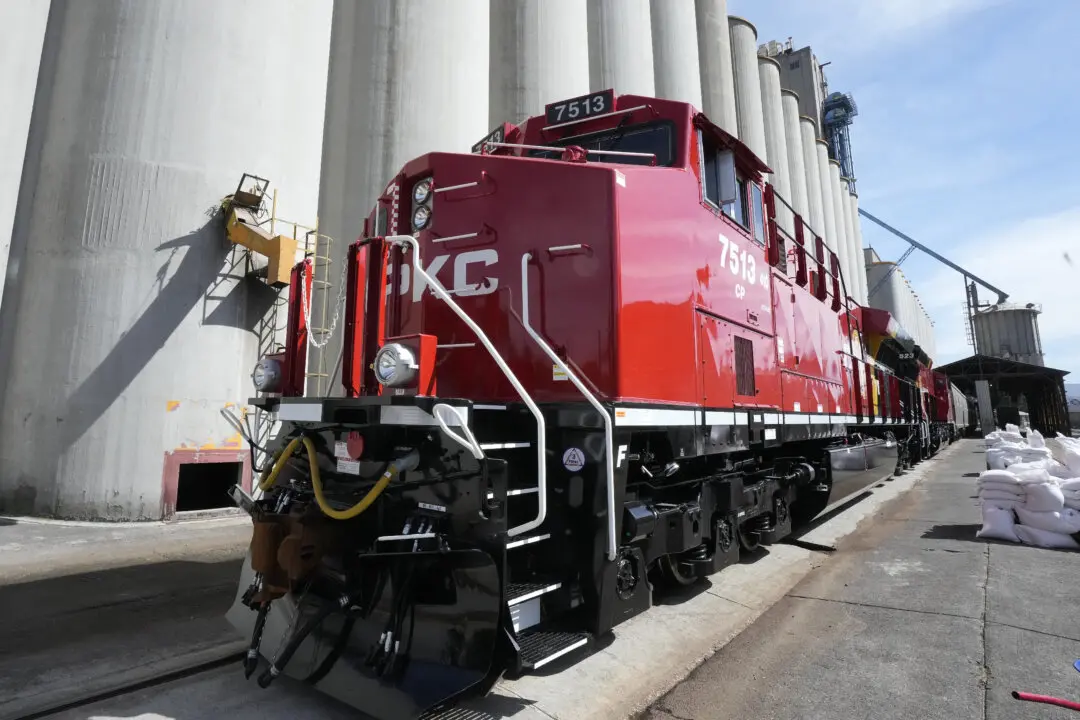Inflation could drive up Social Security payments by a record-high level next year due to inflation, with average payments reaching $1,800, according to an analysis by the Senior Citizens League, a nonpartisan group that focuses on issues related to older U.S. citizens.
Based on the inflation data through August, the Senior Citizens League estimates the Social Security cost-of-living adjustment (COLA) for 2023 will be at 8.7 percent, the group stated in a press brief on Sept. 13. An 8.7 percent increase would push up the average retiree benefit by $144.10, which would take such payments from the current $1,656 to $1,800.





